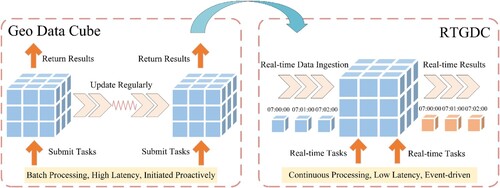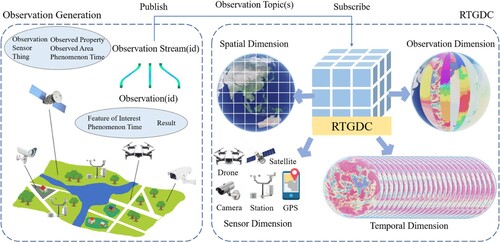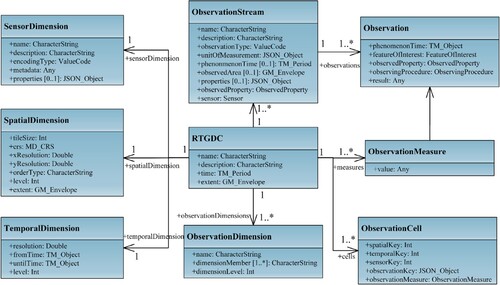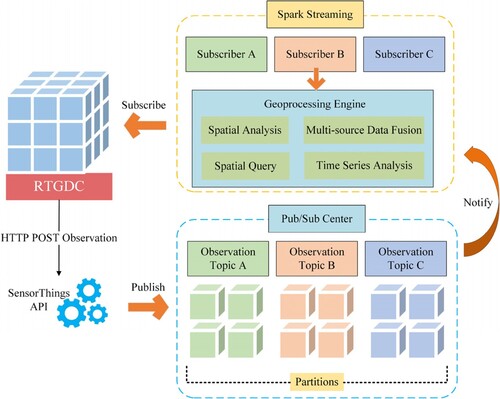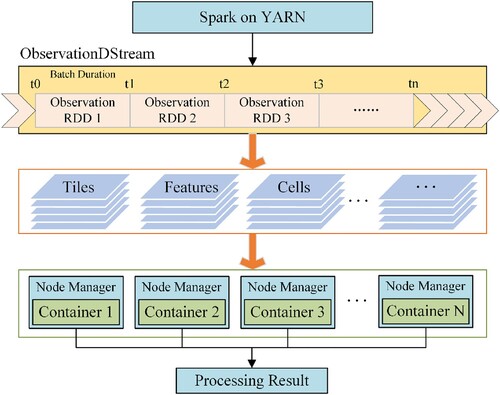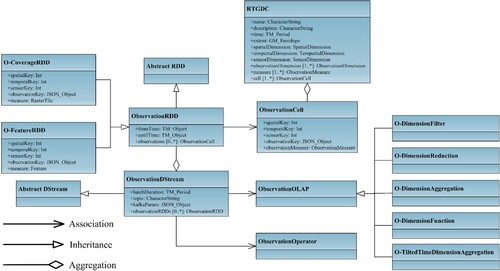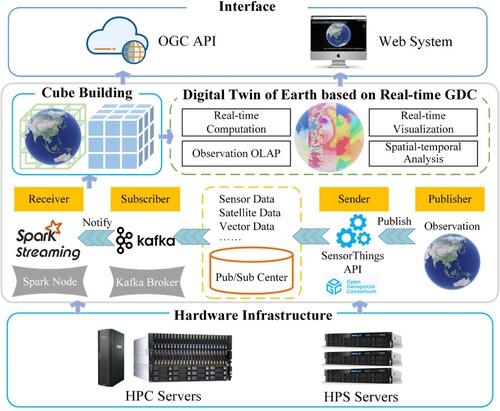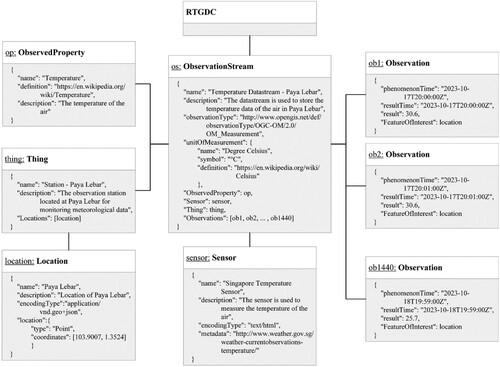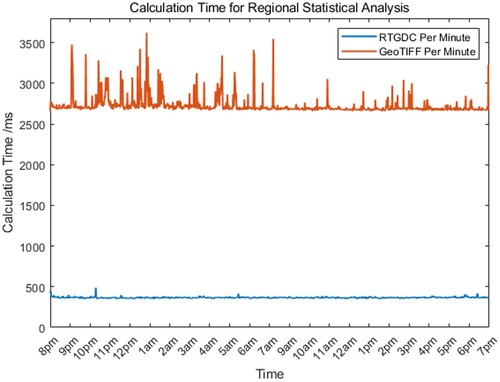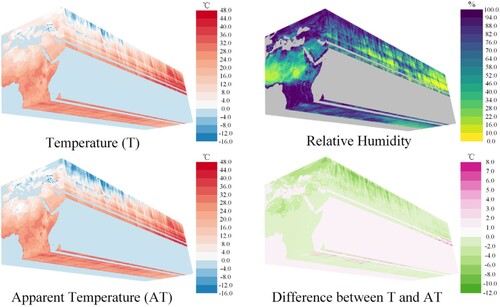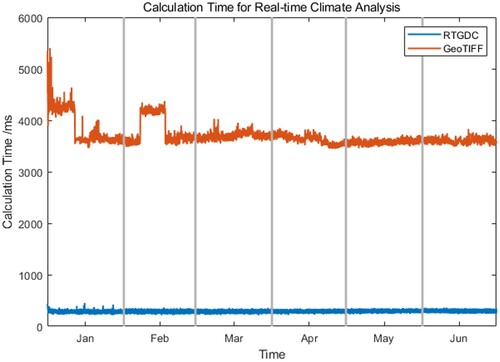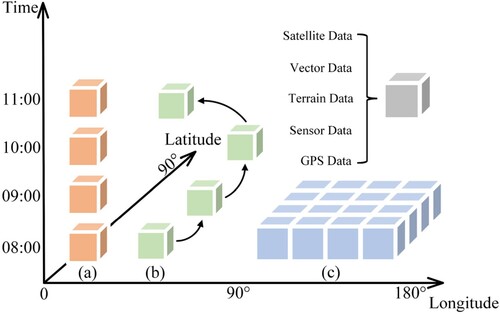Figures & data
Table 1. Comparison of different GDCs and the proposed RTGDC.
Figure 4. Data delivery workflow coupling of OGC Pub/Sub interface Standard and OGC SensorThings API.
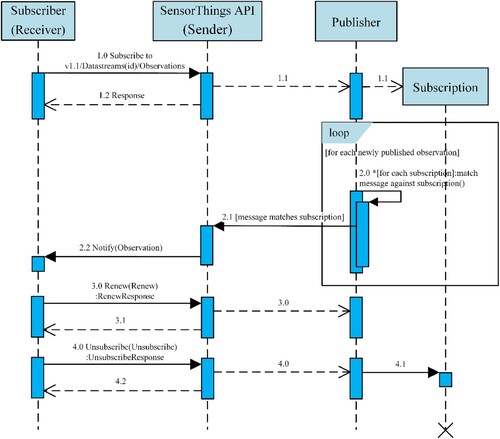
Table 2. All data used in the case
Figure 10. The analysis results of real-time station data ingestion: (a) latency; (b) throughput; (c) parallel efficiency.
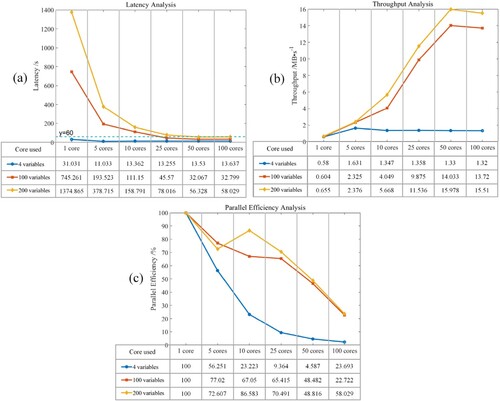
Figure 11. Cumulative visualization of real-time meteorological data in Singapore over 24 h: (a) temperature; (b) relative humidity; (c) precipitation; (d) wind speed.
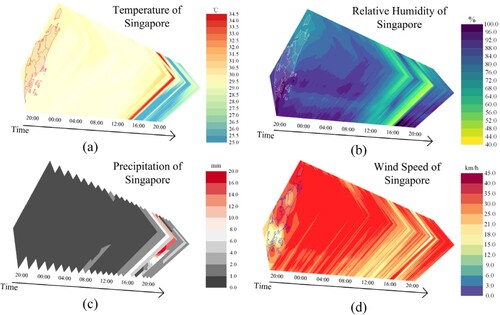
Figure 12. Minute-by-minute temperature changes throughout the day in 5 districts of Singapore: (a) line chart; (b) system visualization.

Figure 15. The analysis results of real-time raster data ingestion: (a) latency; (b) throughput; (c) parallel efficiency.
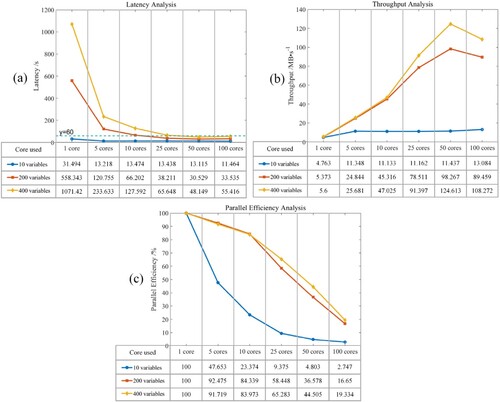
Figure 16. Temporal evolution of various meteorological variables using the RTGDC: 2 m temperature, surface sensible heat flux, surface pressure, low vegetation leaf area index, total evaporation, surface runoff, surface net solar radiation, high vegetation leaf area index and total precipitation (from left to right, top to bottom): (a) hourly data; (b) monthly data; (c) half yearly data.

Data availability statement
The data and codes that support the findings of this study are available in https://doi.org/ 10.6084/m9.figshare.25688610
. Furthermore, the real-time data (see http://www.weather.gov.sg/) of the use case ‘Digital Twin of Singapore' is available online. The ERA5-Land hourly data from 1950 to present (see https://doi.org/ 10.24381/cds.e2161bac ) of the use case ‘Global-scale Climate Analysis’ is available online.
